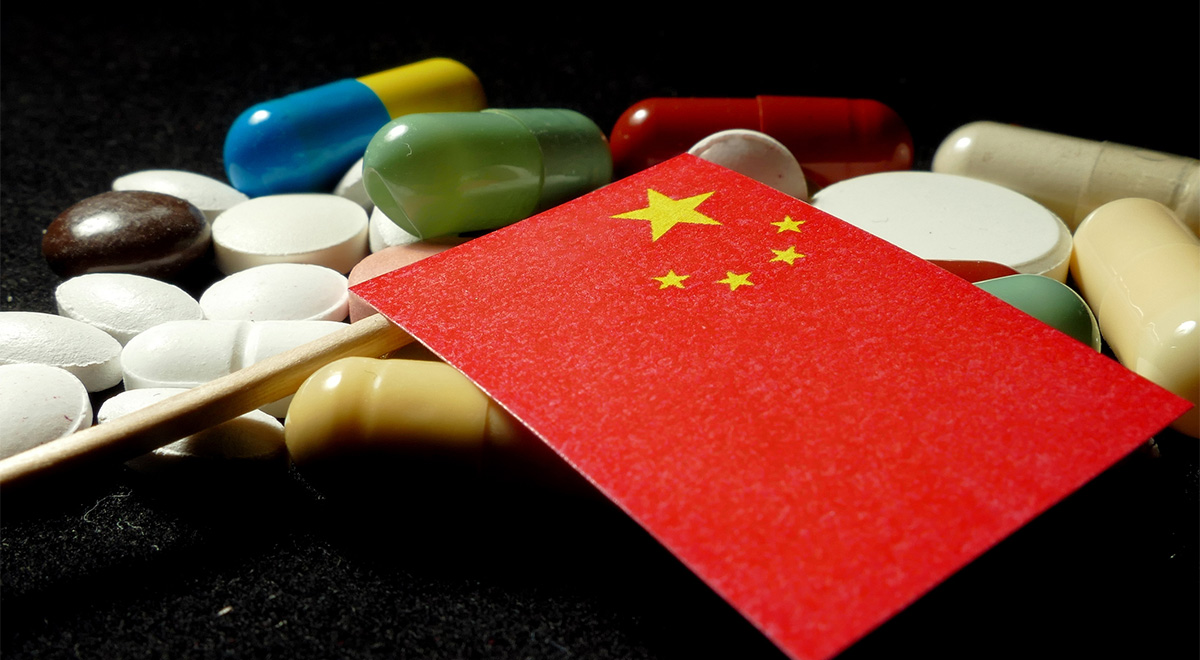Americans who suffer under the most dysfunctional health care “system” of any industrialized nation are facing the proverbial “triple whammy” when it comes to prescription drugs: skyrocketing prices, questionable safety, and potentially disastrous shortages. This is according to an alarming new book, titled China Rx: Exposing the Risks of America’s Dependence on China for Medicine.
Authors Rosemary Gibson and Janardan P. Singh point out that millions of patients in the US are taking medications that are either manufactured or contain ingredients made in China, where safety regulations are weak or go unenforced altogether, and records are often falsified. Furthermore, looming trade and political tensions put the supply of many drugs at risk. One pharmaceutical employee interviewed for the book said, “No country can sustain its health care system if China shuts down. We are sitting on a problem, and it is just a question of time before the world realizes it.”
The situation is ironic considering current US laws against drug reimportation, which laws are based on claims that drugs sold outside of the country are somehow less “safe,” even when they are manufactured by US-based pharmaceutical companies. Yet, since the implementation of the US-China trade pact that was signed in 1999, China has been able to obtain exclusivity rights to the manufacture of many vital medications, including those used to treat cancer and HIV, as well as anesthesia and antibiotics. In fact, China is the sole source of an ingredient used to make vancomycin, an antibiotic used as a treatment of last resort for patients who fail to respond to other medications.
One of the most serious problems is quality control. The authors include excerpts from FDA inspection reports that reveal the dangers, such as the following:
“Your firm has no Quality Unit. During the inspection, you provided no written documents describing the roles and responsibilities of a Quality Unit. You had no procedures for quality activities…Without performing tests, your salespeople also signed under ‘Tested By.’”
A US-based pharmaceutical company would be shut down immediately under such circumstances – but FDA regulations make exceptions when banning an imported drug that would result in shortages.
In fact, those shortages are already happening. Since the US-China trade pact, there have been shortages reported for approximately 200 medications that were formerly plentiful. Many of those contain active ingredients that are only available from Chinese factories. The worst part is that prescribing physicians and their patients have no way of knowing which drugs contain Chinese-sourced ingredients that may have been exempted, even though they fail FDA inspections.
Addressing the problem may be difficult, given the pressures on lawmakers and the Administration to address the issue of out-of-control drug pricing, and who turn to “free market solutions” such as forcing government health care programs to accept the lowest bids.
The most effective solution, according to Gibson and Singh, would be to bring more transparency to the entire process, requiring the FDA to make information publicly available on inspections and mandating that pharmaceutical companies reveal information on pricing and sourcing. Unfortunately, with a short-sighted Congress and a completely dysfunctional Administration, bringing such transparency to the process will be an uphill battle.

